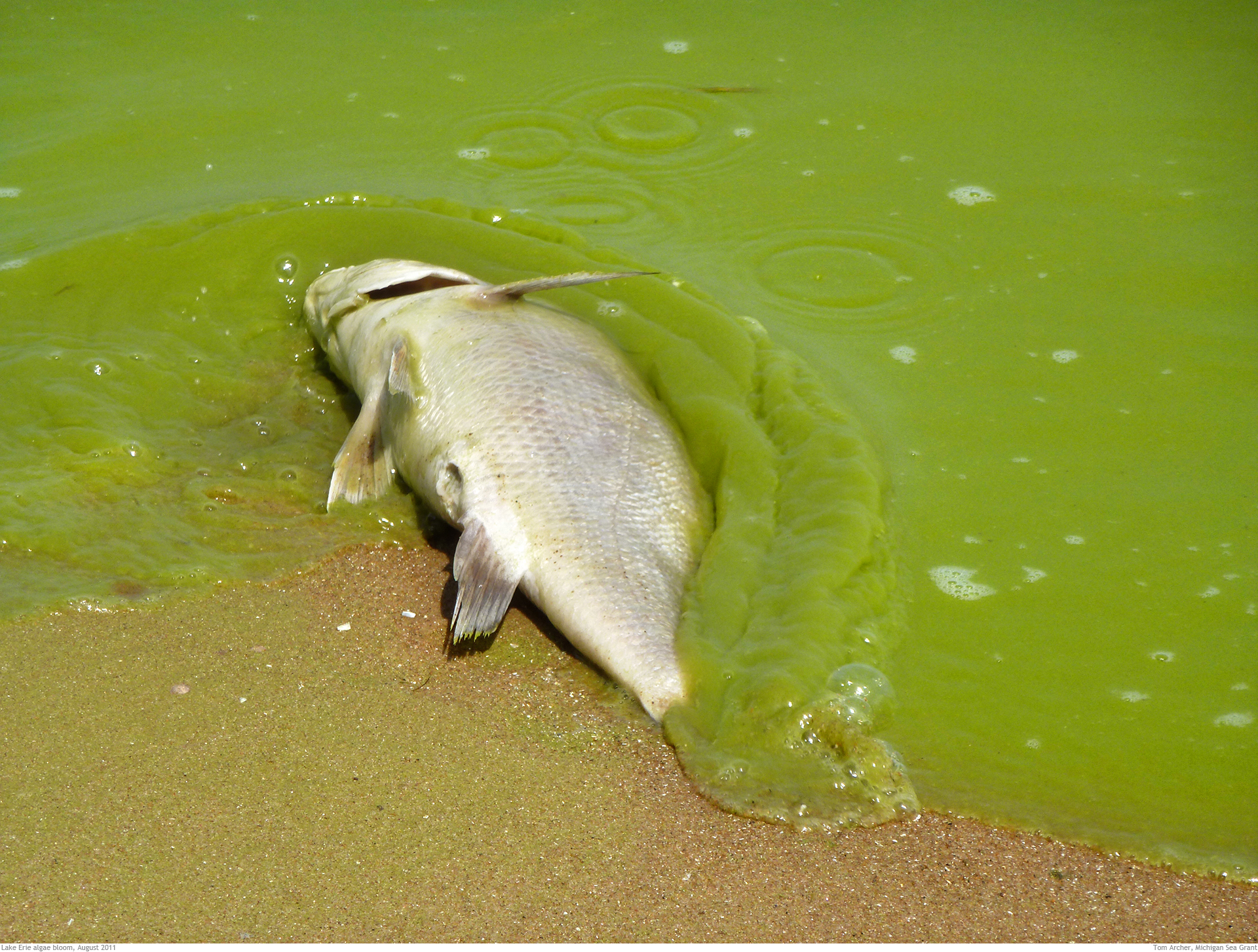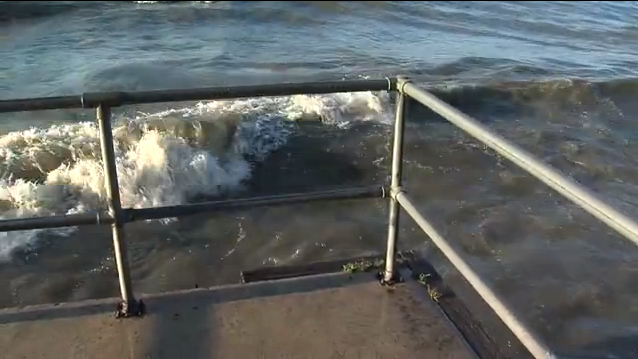
NEWS: "Do not drink" water order in Toledo, surrounding communities is a sobering call to action
Posted by Jared Shepherd
- 4712 Views
- August 2nd, 2014
- in Miscellaneous
- No Comments
Early Saturday morning, Lucas County issued an alarming “Do not drink the water” alert affecting 19 communities and more than 400,000 residents. The directive is due to exceedingly high levels of microcystin, a toxin produced by toxic algae blooms.
While the alert is outside of our and Cleveland Division of Water‘s service areas, the action is related to events that affect many of our customers in Northeast Ohio, and the relationship is worth noting.
Toledo’s news is a tragic example of the importance of protecting our water resources, particularly Lake Erie.
The Sewer District continues to invest significantly in sewer infrastructure to reduce the amount of raw sewage discharged into the environment during heavy rain storms (known as combined sewer overflows).
But of course combined sewer overflows are not the only contributor to water pollution. Stormwater runoff is another major culprit. To our west, Toledo’s woes are a result of a high level of toxins from algal blooms, blooms that form due to fertilizers carried into Lake Erie from stormwater runoff. Non-point source pollutants have a significant impact on water quality, adversely impacting recreation, the environment, and public health.
The Sewer District has long recognized the adverse impacts of stormwater runoff: flooding, erosion and water quality. In the last three months alone, this region has experienced major storms which have caused significant damage, costing millions of dollars to fix. This is in addition to more than $200 million in long-standing problems and ever-increasing costs already identified by the Sewer District.
In Greater Cleveland, our community needs a regional approach to addressing the stormwater runoff problems, and the Sewer District’s has developed such an approach: the Regional Stormwater Management Program. Yet since September, the Sewer District has been unable to advance the program because of a handful of opposition communities and special interest groups.
On September 9, 2014, the Ohio Supreme Court will hear the case. In the meantime, stormwater problems will only continue to increase.
As a region, we cannot continue to ignore the ever-increasing problems of stormwater runoff. Unfortunately, today, Toledo is a prime example of the importance of protecting our local waterways.




